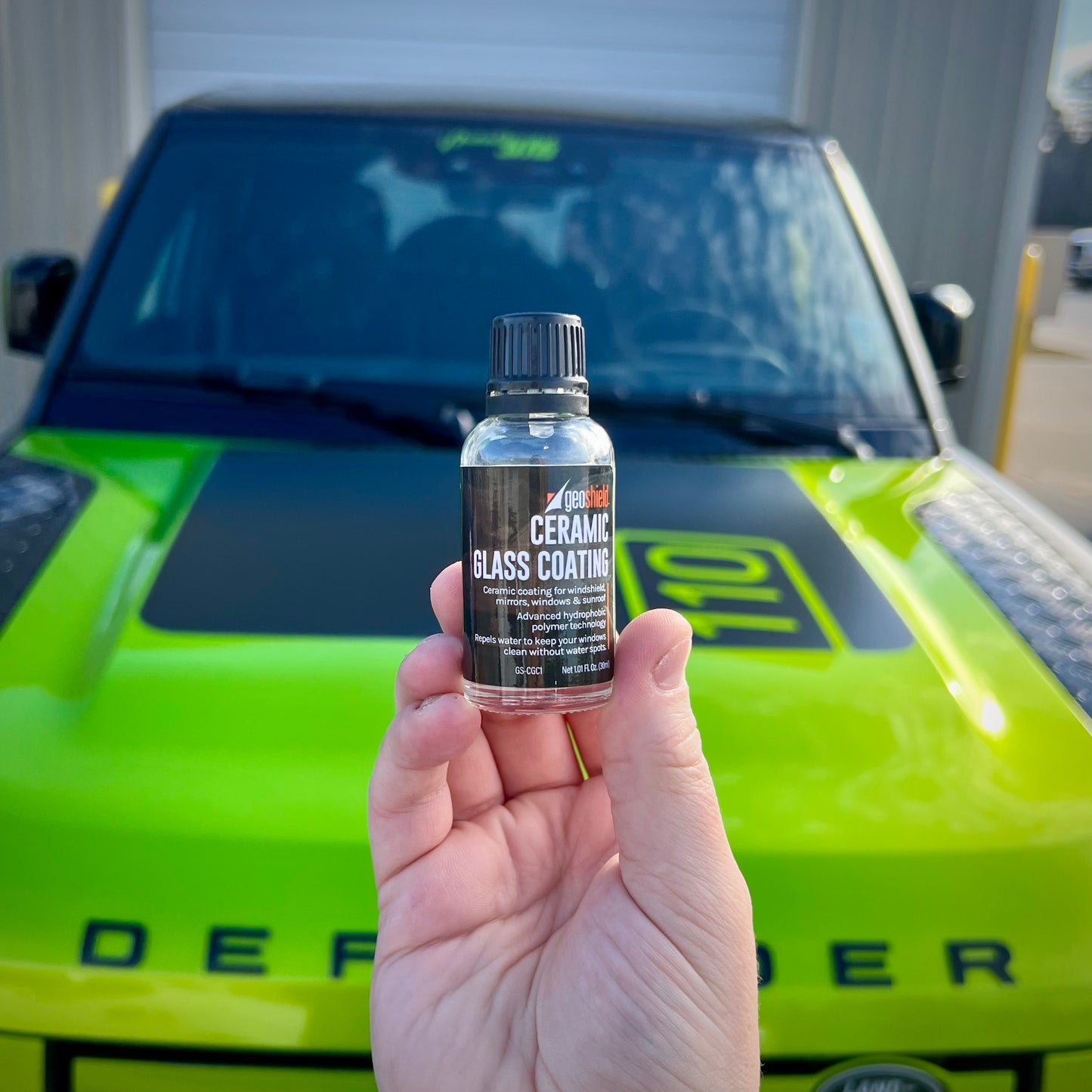Endorsements and Reviews from Delighted Consumers of Ceramic Coating Philadelphia
Endorsements and Reviews from Delighted Consumers of Ceramic Coating Philadelphia
Blog Article
Why Ceramic Covering Is the Ultimate Remedy for a Perfect Finish
Ceramic coating has actually arised as a leading service for those seeking a remarkable surface for their vehicles, thanks to its remarkable resilience and protective features. What elements absolutely set ceramic coating apart?
What Is Ceramic Finishing?

When applied appropriately, ceramic finish develops a hydrophobic surface area that wards off water and dust, making it less complicated to cleanse and maintain. Unlike conventional waxes or sealants, which typically offer temporary security, ceramic finishes can last for numerous years, depending on the item high quality and application method. The process of applying ceramic covering requires meticulous preparation, consisting of comprehensive cleansing and in some cases paint improvement, to make sure ideal bonding and effectiveness.
Ceramic finishings are not limited to automobile surface areas; they can additionally be used on various products, including glass, metal, and plastics, supplying a functional solution for boosting security. Generally, ceramic coating stands for a substantial development in surface area defense innovation, integrating both visual and practical benefits for a large range of applications.
Advantages of Ceramic Finish
While many surface area protection alternatives exist, the advantages of ceramic finishing stick out due to its unique residential properties and resilient performance. Among the primary benefits is its outstanding toughness. Ceramic Coating Philadelphia. Unlike typical wax or sealers that call for constant reapplication, ceramic finishings provide a durable layer that can last for several years, considerably lowering upkeep efforts
Another remarkable benefit is improved security versus environmental impurities. Ceramic finishes create a hydrophobic surface that pushes back water, dirt, and different pollutants, making it simpler to clean. This function not only protects the lorry's look but likewise decreases the risk of rust and oxidation, particularly in severe weather conditions.
In addition, ceramic finishings supply remarkable resistance to UV rays, stopping fading and deterioration of paint gradually. This UV protection is crucial for keeping the aesthetic value of surface areas and vehicles exposed to direct sunshine.
Additionally, the shiny surface achieved with ceramic finishing boosts the general aesthetic appeal, offering surfaces a showroom-quality luster. On the whole, ceramic finishes represent a substantial improvement in surface defense modern technology, providing enduring benefits that cater to both functional and visual needs.
Exactly How It Works
Recognizing the scientific research behind ceramic finishes reveals how they give such exceptional security and longevity. At its core, a ceramic finish is a liquid polymer that chemically bonds with the car's manufacturing facility paint.
The application procedure involves multiple steps, consisting of surface area prep work, which is essential to accomplishing optimum bond. When applied, the finishing undertakes a healing process, during which it hardens and creates a semi-permanent bond with the paint surface area. This bond is what distinguishes ceramic finishings from typical waxes and sealants, supplying a longer-lasting protective barrier that can withstand for several years.
Additionally, the thickness of the layer can enhance its protective high qualities, ensuring that it can stand up to extreme problems. Inevitably, the scientific research of ceramic finishings incorporates sophisticated materials with cutting-edge application strategies to provide an unparalleled level of security and visual improvement for automobiles.
Comparison With Typical Techniques
The benefits of ceramic coatings end up being particularly noticeable when contrasted to conventional paint defense techniques such as sealants and waxes. While waxes supply a momentary luster, generally lasting a couple of weeks to a couple of months, ceramic coatings give a long-lasting safety layer that can withstand for a number of years. This durability considerably lowers the frequency of reapplication, making ceramic finishings a much more cost-efficient service gradually.
In addition, conventional methods often call for comprehensive preparation and numerous applications to accomplish an acceptable degree of security. On the other hand, ceramic coatings bond at a molecular level with the vehicle's surface, creating a durable shield versus environmental impurities like UV rays, acid rainfall, and road salts. This bond boosts the automobile's resistance to scratches and swirl marks, which prevail with typical waxes and sealants.
Moreover, the hydrophobic residential properties of directory ceramic finishes repel water and dust, causing simpler cleansing and maintenance. On the other hand, wax and sealant-treated surface areas can attract grime, demanding more frequent washing - Ceramic Coating Philadelphia. On the whole, ceramic finishings not only provide exceptional protection however also provide an extra enduring and aesthetically enticing coating, establishing them as the recommended option for critical automobile proprietors
Application and Maintenance Tips

Utilizing a foam applicator, use the coating in little sections, following the producer's standards relating to density and overlap. Enable enough curing time in between coats, normally 1 day, to make sure correct bonding. After application, it is important to stay clear of direct exposure to water or severe components for a minimum of a week to allow the why not try this out layer to totally heal.
Additionally, utilizing a ceramic maintenance spray can enhance the layer's hydrophobic residential or commercial properties and durability. Regular examinations for any kind of indicators of wear will certainly assist maintain the finish's honesty and protect that pristine surface.
Verdict
In final thought, ceramic layer emerges as an exceptional alternative for attaining a perfect vehicle finish. Its phenomenal toughness, safety high qualities, and hydrophobic homes significantly improve the automobile's look while simplifying upkeep efforts. By developing a robust bond with factory paint, ceramic finish efficiently guards against scrapes, UV rays, and environmental pollutants. With a lifespan extending several years, this advanced solution not only protects yet additionally elevates the overall aesthetic appeal of cars, making it an economical financial investment for car fanatics.

Report this page